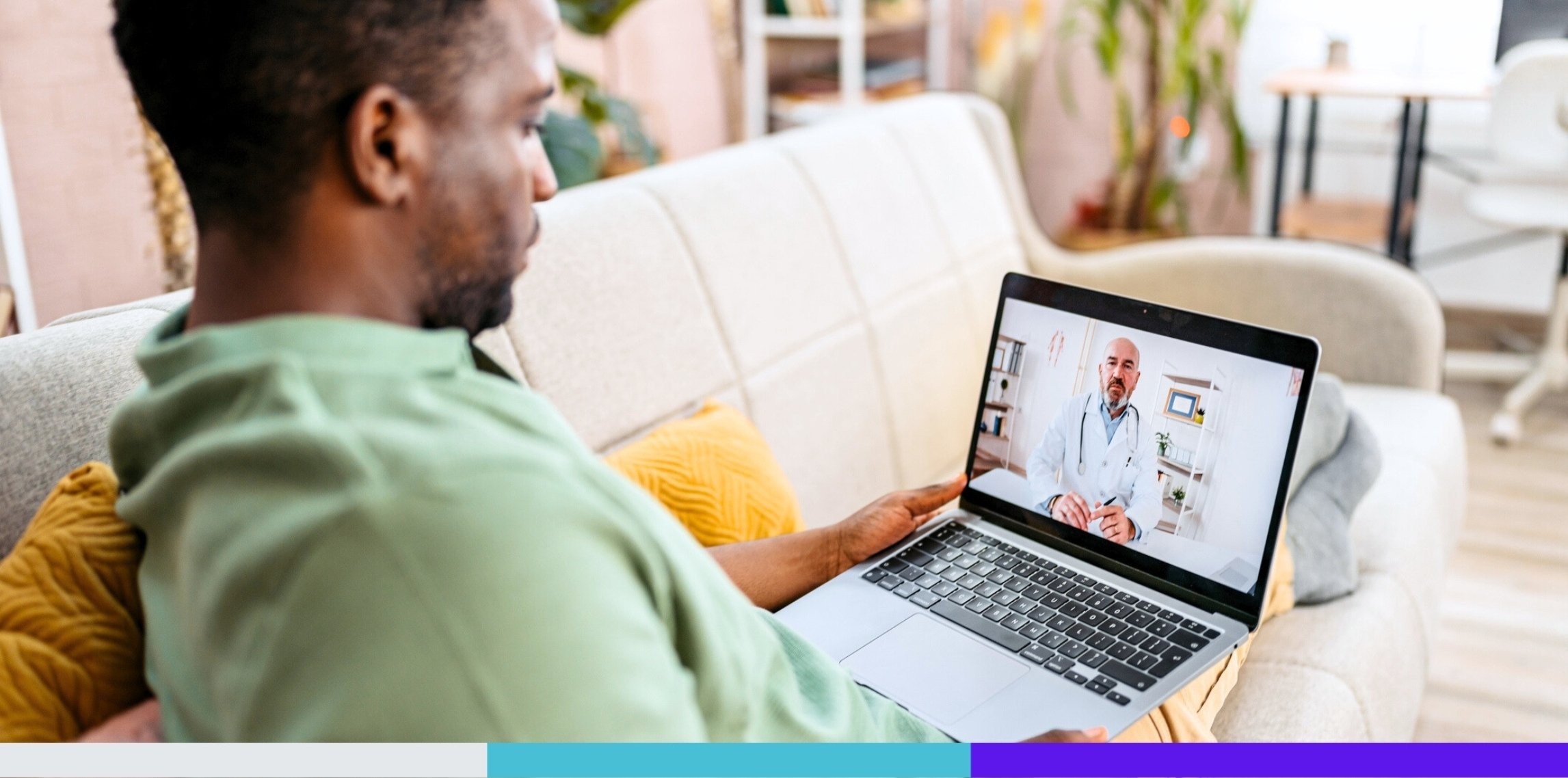New research shows remote monitoring for depression eliminates traditional barriers to treatment
Depression presents a challenge for even the largest and best healthcare organizations. When patients indicate they may have comorbid depression during screenings and appointments, addressing their concerns appropriately is of the utmost importance.
Safety-net organizations have a duty to direct patients with depression to proper care, but these facilities’ complex systems often create roadblocks. Innovative remote monitoring for depression eliminates traditional barriers to treatment, making the entire process faster, more accessible, and more effective.
Why Healthcare Needs a New Approach to Depression Detection
Across the world, depression is the third leading cause of significant disability and is a factor in suicide at least 50% of the time. For this reason, most major healthcare organizations have added routine suicide and depression screenings to patient intake questionnaires.
In the United States, the average person’s lifetime risk of a major depressive episode is nearly 30%. For healthcare facilities, this means almost one-third of all patients could suffer from depression at some point in their lives.
While these statistics demonstrate the importance of proper depression detection and diagnosis, it also leads to a troublesome issue within society’s safety-net organizations. According to the National Institutes of Health (NIH), complex system factors are impeding the diagnosis of depression, causing persistent disparities in treatment outcomes.
Major healthcare providers must find a new way to not only embrace telehealth but use it to help people who have depression. The American Medical Association (AMA) recently launched The Telehealth Initiative to address systemic inadequacies in remote monitoring for many types of disorders and diseases. The initiative helps organizations focus on telehealth as a first-line choice for patient care.
As a result, patients are experiencing positive impacts from new telehealth options. For example, one study found that hospital readmission risk fell by 44% after the implementation of AMA-recommended remote patient monitoring. Another study, which focuses on depression, diabetes, and telehealth, showed similarly positive outcomes as described below.
A Groundbreaking Study of Comorbid Depression and Telehealth
The NIH recently reported the results of a new Diabetes-Depression Care-management Adoption Trial (DCAT). The study took place in Los Angeles and involved the second-largest safety-net healthcare system in the U.S.
The DCAT evaluated the impact of telehealth on comorbid diabetes and depression management. The goal of the study was to determine whether telemonitoring technology could improve depression care by automating screening, monitoring, and treatment adherence.
The six-month study compared three groups of adults with both type 2 diabetes and depression: patients who received traditional medical care, patients who experienced supported care, and patients who used technology-facilitated care through telehealth.
Compared to traditional medical care, the patients who used tech-facilitated telehealth were associated with a significant reduction in depressive symptoms. Positive outcomes included:
- Decreased prevalence of major depression
- Reduced functional disability on the Sheehan Disability Scale
- Increased depression remission
- Increased satisfaction with care for emotional problems
Moreover, these positive outcomes occurred concurrently with improved diabetes management. Patients also experienced reduced total cholesterol levels, increased odds of taking a glycated hemoglobin test, and overall improved satisfaction with diabetes care.
This compelling study shows just how much telehealth can improve the outlook for people with depression who seek care through major healthcare organizations. Although the patient might initiate contact for another concern, like diabetes, the provider can implement remote monitoring for depression to yield a positive outcome for both comorbidities simultaneously.
Leveraging Telehealth Data For Positive Patient Outcomes
Telemonitoring for depression involves using a tech-enabled device to gather relevant data then share it with a qualified medical professional and develop a customized treatment plan for the patient’s individual physical and mental health picture. In short, the doctor uses data to provide better care.
The AMCareAtHome App is an app that turns any tablet or smartphone into a remote monitoring device for depression. Any patient with a personal device can report their symptoms to their doctor, receive urgent healthcare information, and maintain adherence to a mental health management program, all from the palm of their hand.
This frees patients from making the trip to visit a healthcare provider in person, which is one of the major barriers to treatment according to the National Institutes of Mental Health. Telemonitoring addresses common concerns like fear of doctors/medical offices, confidentiality worries, travel costs, and feeling too tired or run down to leave home.
Most importantly, remote monitoring for depression leads to better treatment outcomes, as shown in the NIH DCAT study discussed earlier. This means telehealth is already improving thousands of patients’ lives, plus many more to come.
AMC Health offers a full suite of virtual care monitoring services. For more information about our telehealth solutions, please reach out to us. AMC Health is an innovator in patient monitoring solutions for seamless, real-time virtual healthcare that maximizes resource management and empowers people. Please schedule a demo to learn more about how to optimize remote monitoring for depression.

%20(1).png)


-2.jpg)

-2.jpg)